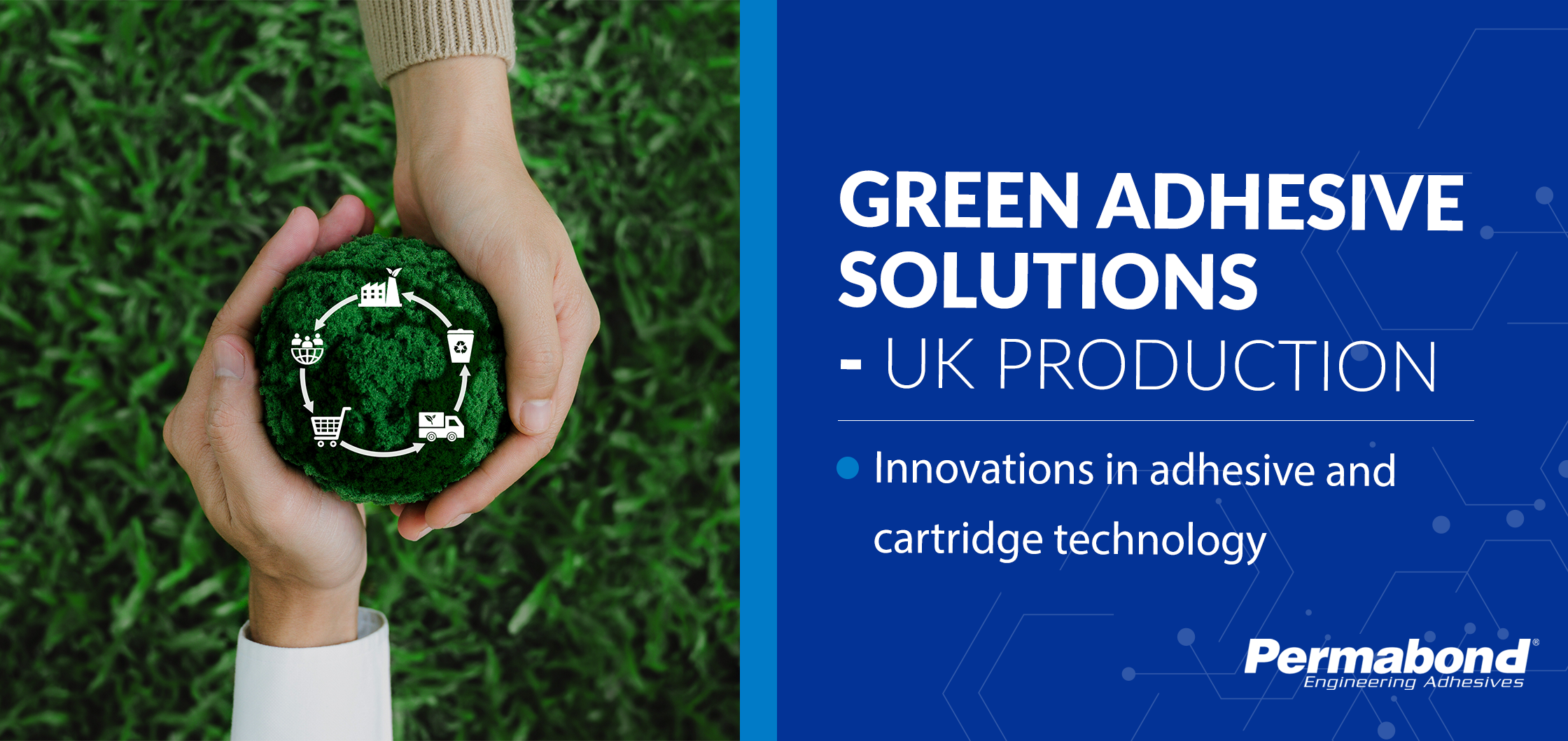Magnet Bonding
Take a moment and look around you at how many everyday items require bonding magnets to operate. Microphones, loudspeakers, brush type electric motors, and brushless electric motors all require magnets. For example, there are dozens of electric motors in your automobile running everything from your mirror position to your windows and power steering and your car likely has a few loudspeakers. Virtually all of these magnets are held in place by adhesives.
The proliferation of electric motors over the last few decades is largely due to adhesives making electric motors more reliable. The alternative method of attaching the magnets is with the use of clips. Clips create a stress point on the magnet, and due to the brittle nature of magnets, this stress can cause the magnet to fracture and the motor to fail. Additionally, clipped magnet motors allow for vibration between the components and cause noise, whereas bonded magnet motors run much quieter.
Because there are so many types of magnets and motors, there are many different adhesive choices. To ensure you choose the best product for magnet bonding application, take a few minutes to review the application requirements of your project. There is a large amount of information available on this subject, but don’t hesitate to contact the adhesive manufacturer to review your specific requirements.
Here are the key points to review about magnet bonding when considering which adhesive to use.
Strength and temperature resistance –
Identify the operating temperature, as well as the type of stress (sheer, torque, or repetitive impact in speakers for example)- to choose an appropriate adhesive.
Chemical compatibility –
The copper found in the motor assembly is not compatible with certain chemicals found in some adhesives. For example – Methacrylic acid can result in corrosion to copper over time, with the risk of product failure. Check the Technical data sheet for the details, or contact technical support to be sure.
Versatility-
In addition to bonding the magnet to the can, rotor, or speaker, there are a variety of other adhesive applications in motors, speakers, and microphones. Choosing a product for more than one application can increase your efficiency.
Magnet Bonding Process –
Before choosing an adhesive give some thought to optimal dispensing and curing scenarios for your project. Many magnet adhesives come in two components which facilitates room temperature curing. With magnet adhesives, you’ll also want to be sensitive to the risk of affecting the polarity or strength of the magnets. Choose an adhesive that cures at a low temperature to avoid damaging the magnets.
There are several types of two-component acrylic adhesives for magnet bonding. In some the two components are mixed before dispensing, others are designed to dispense one adhesive on top of the other, and a third type allows for an activator to be applied to one component and the adhesive to the other. Single component heat cured epoxies are also used.
Efficiency-
The cost-effectiveness of adhesive bonding is the result of several factors. These include:
- Ease of application
- Consistent performance (reduced reject rates)
- Efficient process
The above combine to improve production and increase profits.
For further help, please contact Permabond.
Let’s Discuss Your Project.
"*" indicates required fields
Products
Technical Support

Permabond will help you select the right adhesive for your application.






